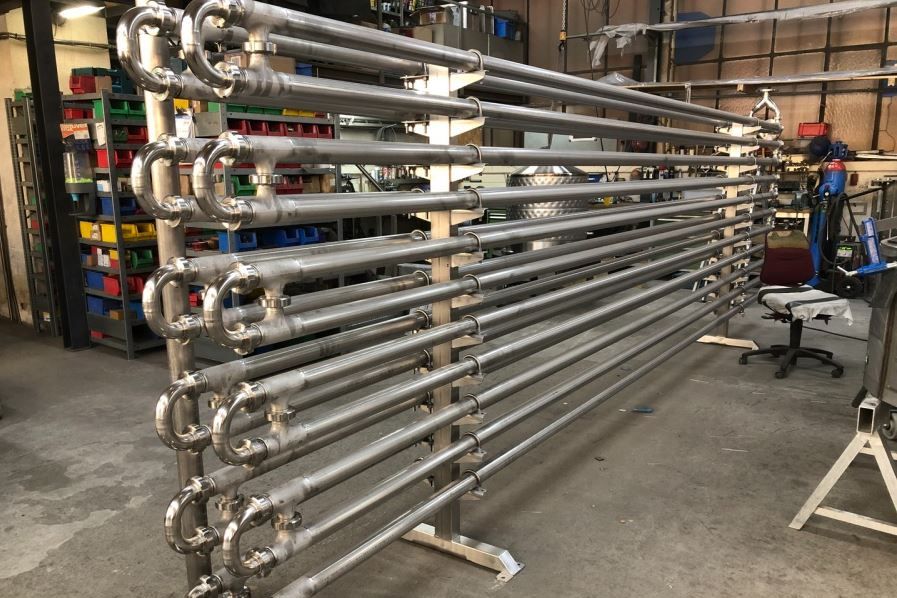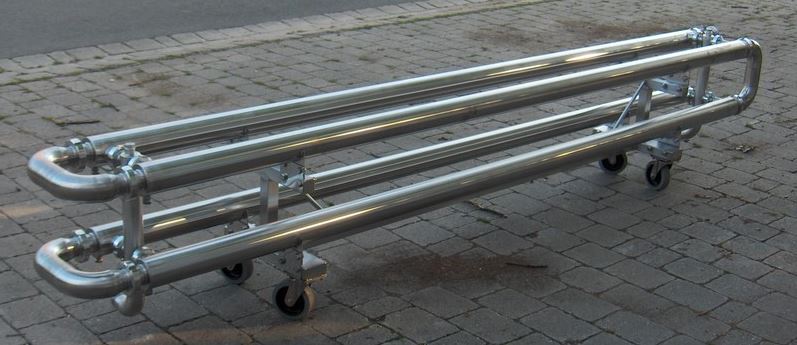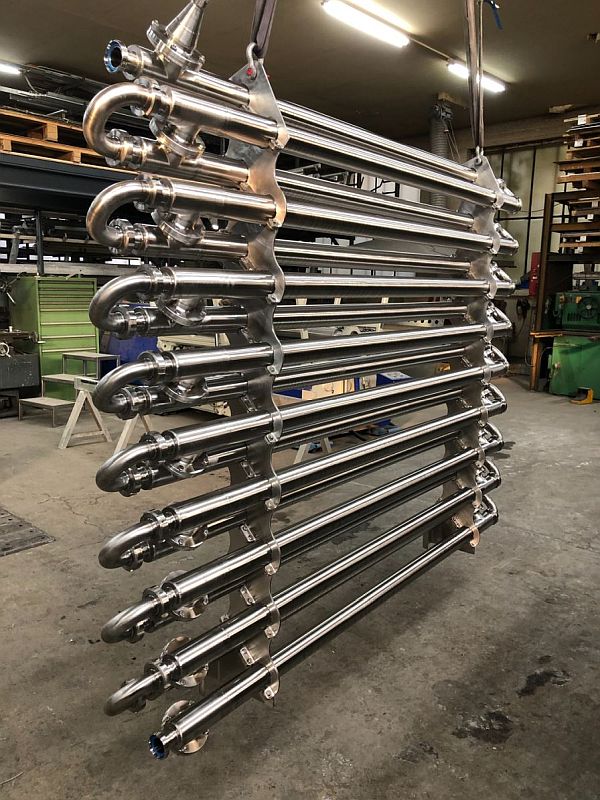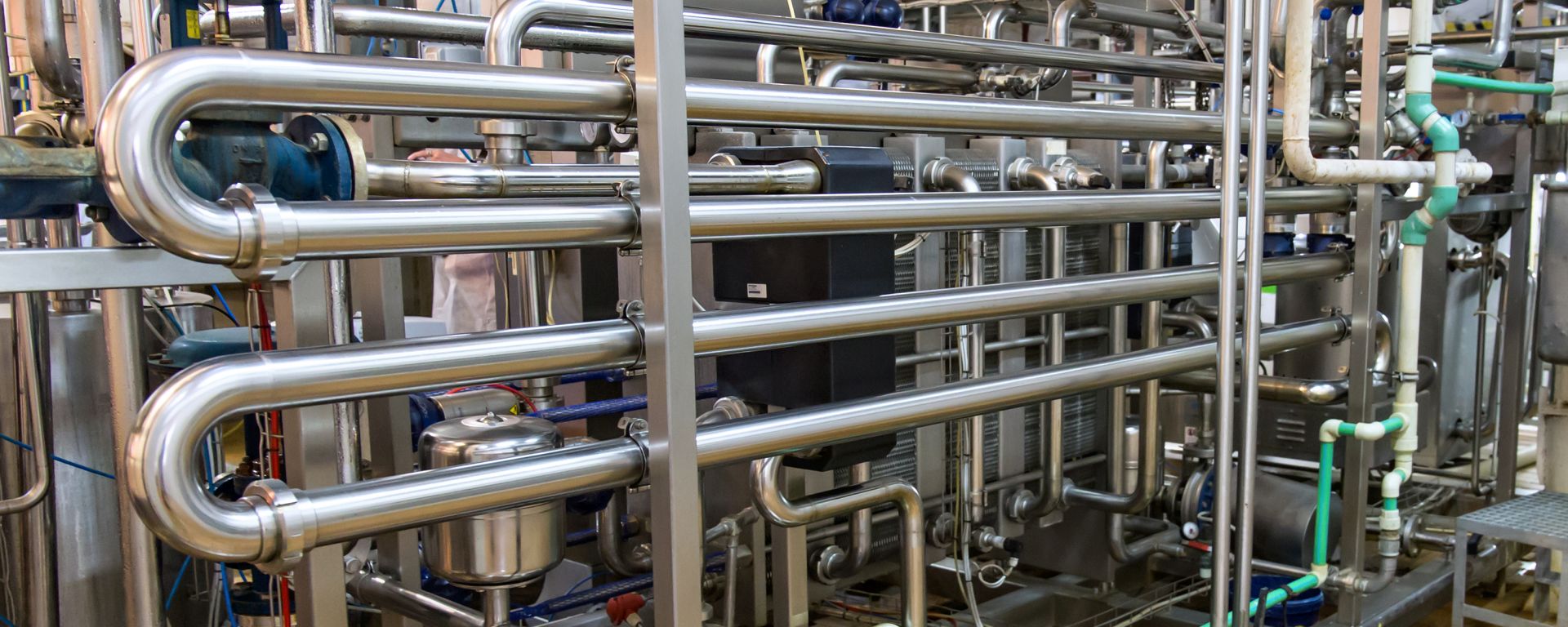
Pipe heat exchanger
Shell and tube heat exchangers are used wherever cooling or heating of products with a certain solid content is required. Depending on the size of the solids content and the viscosity of the product, different systems are used:

Shell and tube heat exchanger

Double-pipe heat exchanger
Liebler Tec setzt auf hochwertigste Materialien
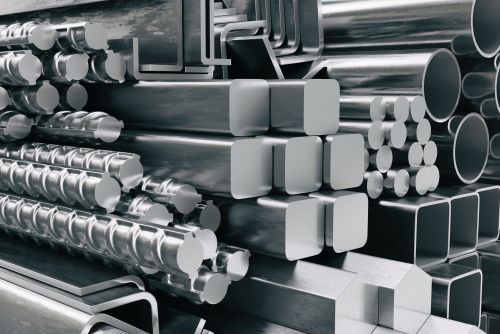
Edelstahl
Edelstahl ist das am häufigsten eingesetzte Material bei der Behälterherstellung. Edelstahlbehälter sind besonders robust und sie sind auch für Lebensmittel- und Getränkeherstellung sehr gut geeignet.
Beispiel: Weintanks, Maischebehälter, Fermenter
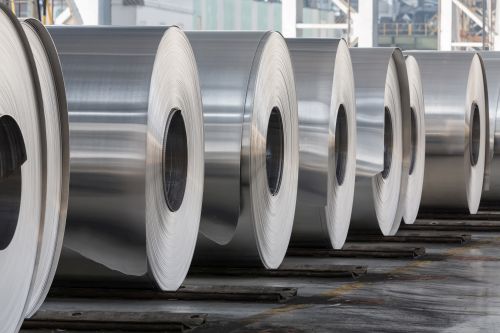
Aluminium
zeichnen sich besonders durch ihr geringes Gewicht aus. Aluminiumbehälter sind vielseitig einsetzbar, auch in der Lebensmittel- und chemischen Produktion.
Beispiel:

Nickel
Nickel- oder nickellegierte Behälter sind besonders säure- und hitzebeständig. Das macht sie gerade für die Lebensmittel- und chemische Industrie besonders interessant.
Main areas of application:
- Heating or cooling of low-viscosity media with low solids content (e.g. must recooling).
- Vapor steam heat exchanger (for heat recovery)
- Gas dehumidification in biogas processing
Shell and tube heat exchanger
A shell-and-tube exchanger consists of several small tubes through which the product usually flows. They are integrated into a larger shell and tube through which the heating or cooling medium flows in countercurrent.
In terms of size, a shell-and-tube heat exchanger is significantly more efficient than a double-tube heat exchanger, but the solids content of the product should not be too large, as this can lead to blockages.
Depending on the requirements and flow velocity, cross-twist tubes can be used for the product-carrying tubes and a swirl tube for the shell tube.
Double-pipe heat exchanger
Consisting of two tubes, one inside the other. The product flows through the inner tube, while it is heated or cooled by the outer tube cross-section.
(Cross) swirl tubes are often used here, as they not only ensure better heat transfer but also, with the appropriate flow, less contamination. However, this advantage comes at the expense of “pigability”. Swirl pipes are certainly passable with a pigging system; however, dirt residues can remain in the pressed-in recesses of the swirl pipes.
Hauptsächliche Einsatzgebiete:
- Erwärmung oder Kühlung zähflüssiger Medien, durchaus mit höheren Feststoffanteilen (z.B. Traubenmaische; Wurzel- oder Kräuterbrei für die Lebensmittel- oder Pharmaindustrie)
- Wärmerückgewinnung aus Abwässern (z.B. Wäschereien)

